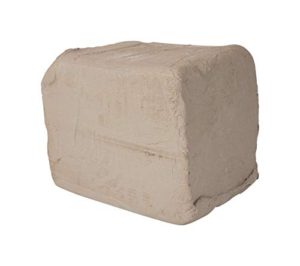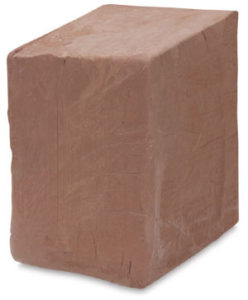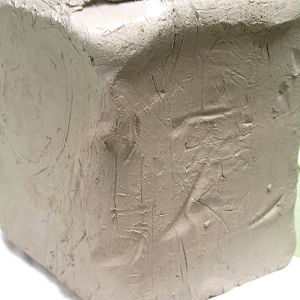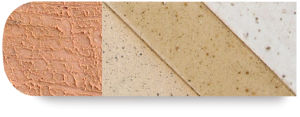Before getting your hands dirty on the wheel, the first thing you should know as a beginner is that not all pottery clay is created equal! Each type of pottery clay has its unique characteristics and properties, which you’ll have to handle using various techniques.
Pottery is a fun and relaxing hobby to pick up, more so if you know what type of clay to pick up. Starting with stoneware clay is an excellent choice for most novice potters.
Let’s learn about stoneware clay, how it’s used, and the benefits of using stoneware clay. To jumpstart your pottery journey, we’ll introduce you to our favorite stoneware products.
Let’s get started!
What is Stoneware Clay?
As you might have guessed, stoneware clay has stone-like properties (surprise!) that make it dense and durable.
Stoneware pottery needs to be fired at incredibly high temperatures between 1,832°F to 2372°F (1,000°C to 1,300°C). That’s even hotter than lava from a volcano!
This intense heating process makes stoneware:
- Non-porous (doesn’t soak water easily)
- Scratch-resistant
- Chip-resistant
For this reason, stoneware doesn’t need to be glazed, unlike earthenware.
How do you Use Stoneware Clay in Pottery?
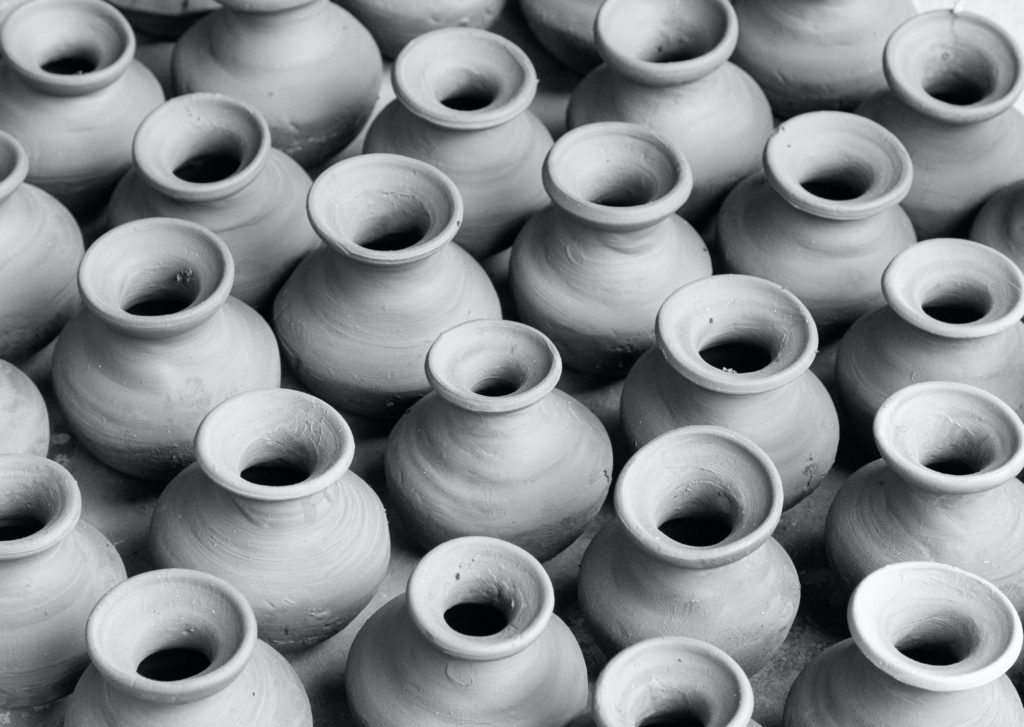
Stoneware can hold and distribute heat well, making it ideal for cooking, baking, and storing liquids. It also works great as dishware and tableware because of its resistance to liquids.
Beautiful stoneware sculptures and decorative pieces are widely used to give a rustic and natural look.
Stoneware dishes are also safe for use in conventional ovens and microwaves. They can also be placed in a freezer or refrigerator.
What’s the difference between stoneware clay and earthenware clay?
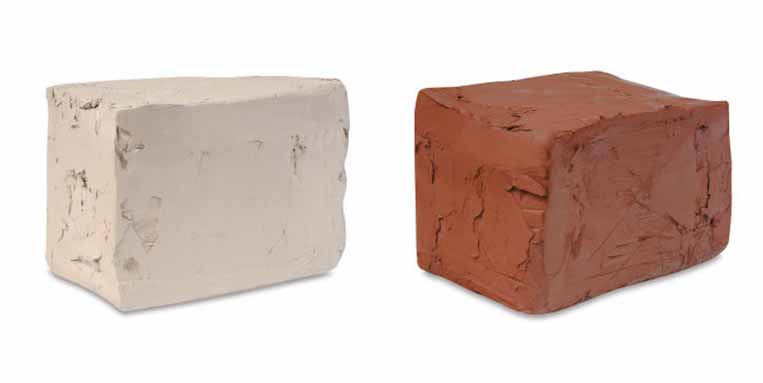
Both stoneware clay and earthenware clay are coarsely grained and easy to work with.
However, stoneware clay needs a higher kiln temperature to harden.
Stoneware clay also has a high shrinkage rate of 11% to 13% when fired between cone 6 to 9. Compared to stoneware clay, earthenware clay only has a shrinkage rate of 4% to 15% when fired.
Stoneware is often tan, brown, and lighter gray after firing. Earthenware clay typically becomes a red terracotta after low firing. At high fire, it will become brown or black.
What is Stoneware Clay composed of?
Most stoneware pottery is made of naturally occurring stoneware clay or non-refractory fire clay.
Stoneware clay is rarely available in its purest form, often containing various quantities of different minerals:
- Quartz
- Kalinite
- Mica
- Illite
- Smectite
- Feldspar
Stoneware clay is available in multiple colors: red, white, tan, gray, and specked, depending on the additives present.
The exact composition of stone clay additives varies per region and recipe, so consistency and smoothness will also vary.
What are the Benefits of Stoneware Clay?
Stoneware clay is durable, versatile, and easy to handle, making it an ideal starting clay for novice potters. It’s also very plastic and excellent at holding its shape.
When grog is added to stoneware, it’s even stronger and easier to handle.
Artisans also love using stoneware because it can be worked into many different colors, depending on the clay recipe.
When fired to maturity, stoneware clay becomes sturdy and chip-resistant. It also distributes and retains heat more evenly than other types of clay pottery, making stoneware prized pieces for many uses in the kitchen and garden.
Best Stoneware Clay Products
Interested in learning pottery with stoneware clay? Check out our favorite stoneware products for your pottery studio at home!
Stoneware-making Supplies
Best Stoneware Clay for Beginners – Amaco No. 58
Amaco No. 58 is a great all-around classroom clay with great plasticity, versatility, and color properties.
If you’re just learning how to throw, this is the best clay to start with!
Best All-Purpose Stoneware Clay – Standard Ceramic 553
If you’re looking for the best all-purpose stoneware clay for production, sculpture, and even larger wheel work, the Standard Ceramic 553 Buff stoneware clay is a favorite! It doesn’t hurt that it’s one of the most affordable stoneware clays on the market, either.
It contains a great combination of fine grog and fire clay, making it incredibly easy to work with.
Best Speckled Stoneware Clay – Almaco No. 480
It’s hard to resist the beauty of speckled stoneware pottery! Almaco No. 48 gives a gorgeous speckled effect when fired at low and high temperatures.
It doesn’t contain grog, which makes it very plastic. It’s excellent for casting, throwing, and hand-molding.
Best Black Stoneware Clay – Sio 2 PRNI Black
If you’re looking for intense black stoneware clay, Sio-2 is great for wheel-throwing and modeling.
It only has 40% grog, making the clay very fine and smooth.
Best High-Temperature Kiln – Olympic Kiln
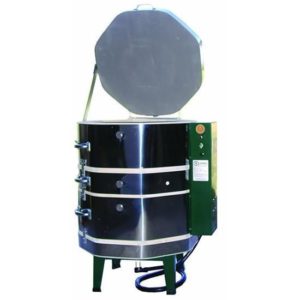
If you’re looking for a high-temperature kiln that’s perfect for stoneware, the Olympic Kiln offers great temperature regulation and a max temperature of 2350°F.
The unit has an interior built of 17.5″ x 22.5″, which is perfect for firing multiple pieces simultaneously. You can also opt to have the unit installed with sturdy caster wheels to make transportation easy.
Best Stoneware Decor and Tableware
Looking for durable stoneware pieces for your home? Here are some of our favorite stoneware pottery with excellent craftsmanship:
Best Stoneware Platter
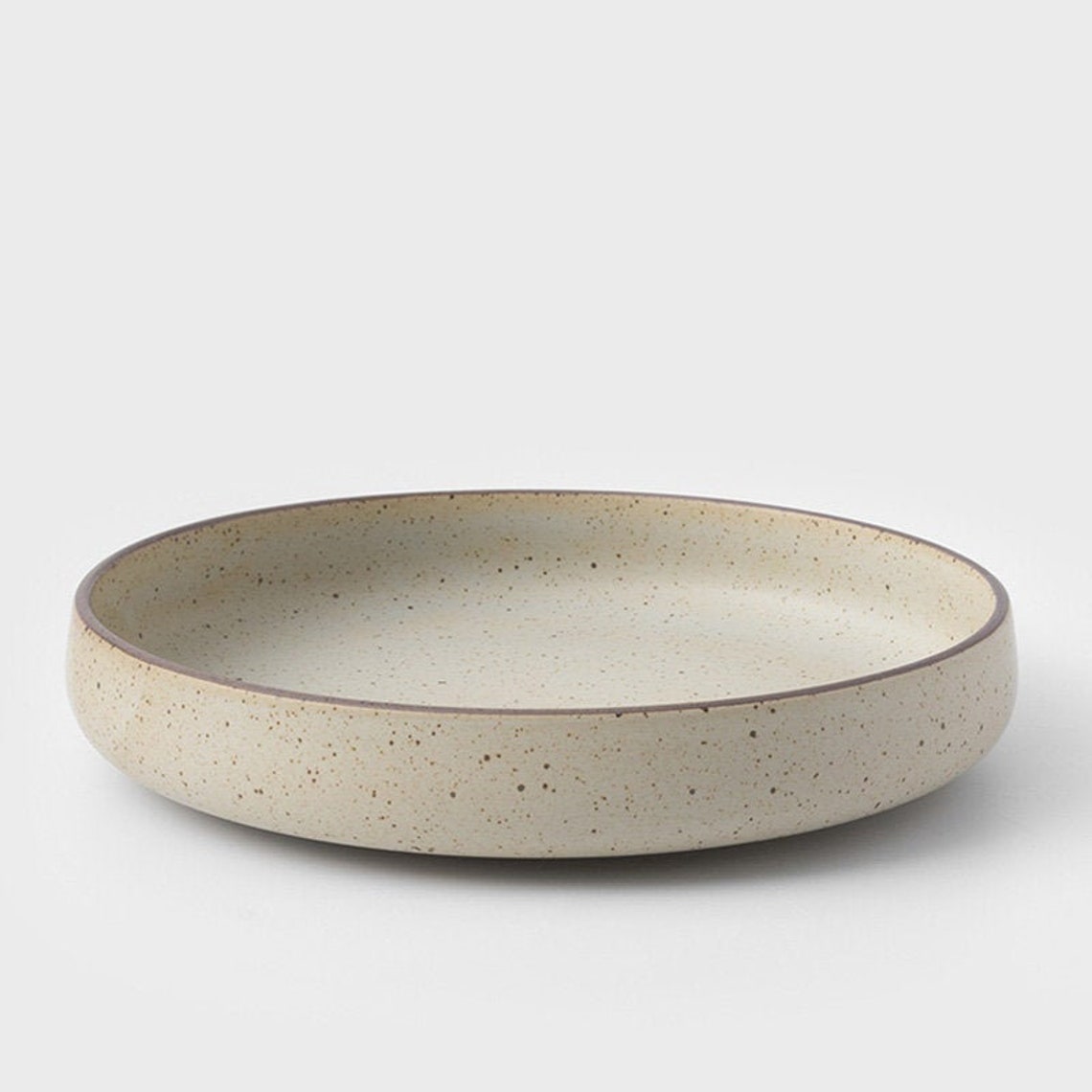
Rustic and nordic, this beautiful handmade speckled dish is perfect for serving delicious meals or as a standalone centerpiece.
Each piece was fired in a wood kiln and is covered in a matte glaze.
Best Stoneware Coffee Mug
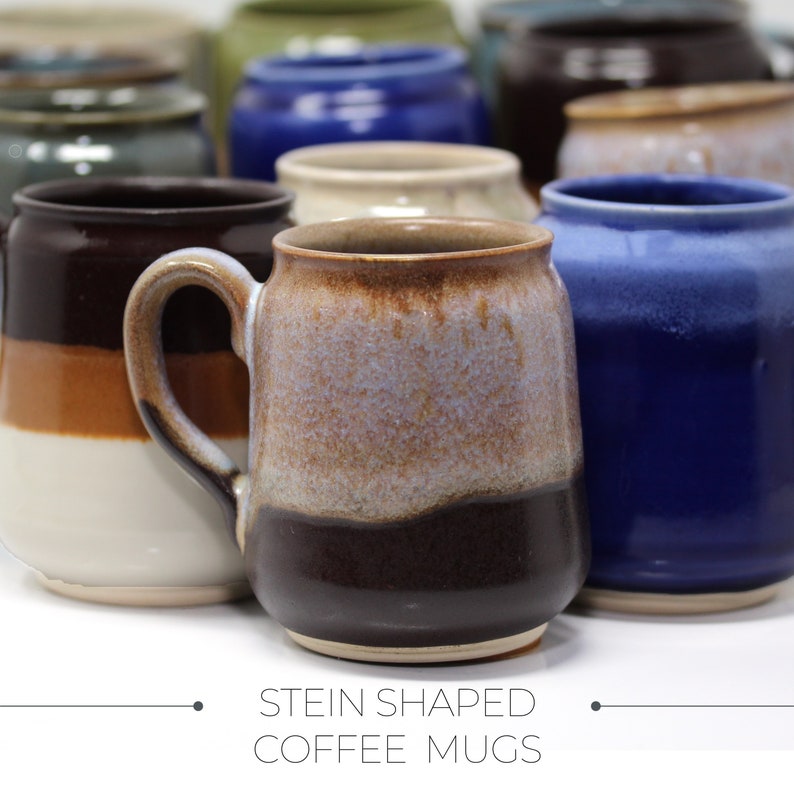
Inspired by traditional beer stein mugs, these handmade stoneware pieces from Georgia are thrown and glazed individually.
The design has a heavy wide bottom and a narrow lip for comfortable use for your morning coffee or tea.
Each piece is 100% handmade, microwave-safe, lead-free, and dishwasher-safe.
Best Stoneware Vases
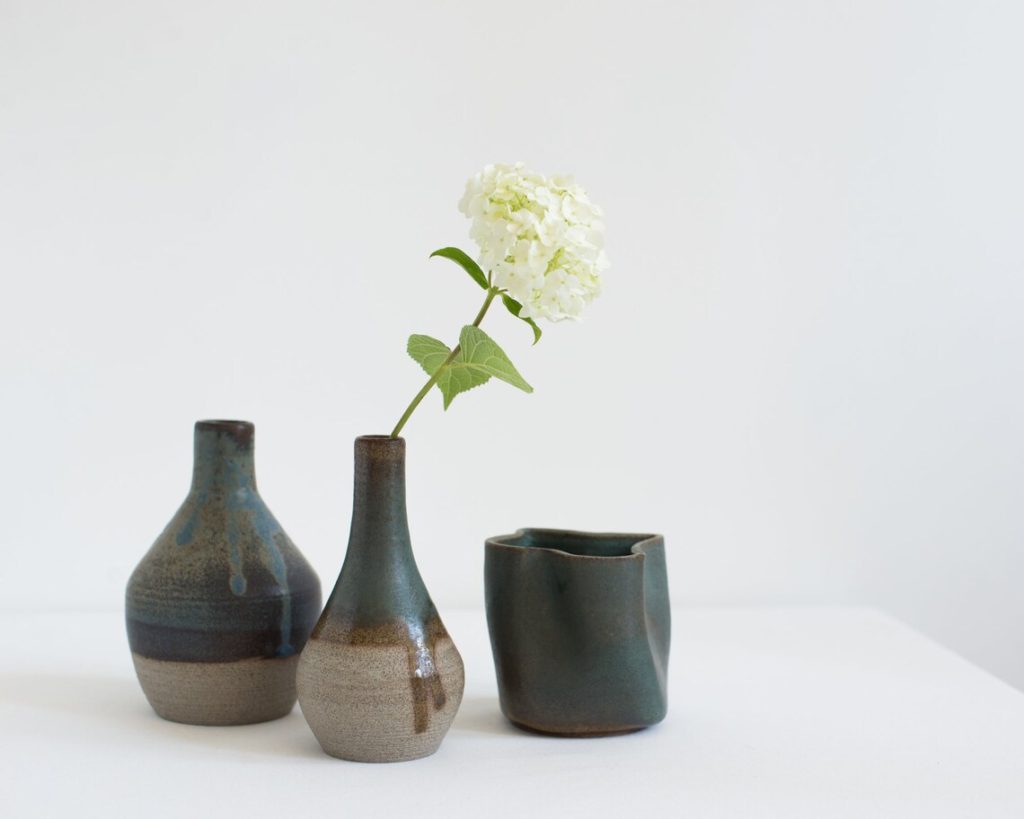
These beautiful ceramic vases are handmade with gray speckled stoneware clay. Each piece is coated with a matte blue and green glaze.
Conclusion
To successfully throw pottery, you need to understand the specific properties and qualities of the clay you’re working with.
Stoneware clay is incredibly versatile, plastic, and durable. It’s arguably the easiest clay for beginners!
Grab some of our favorite stoneware clay supplies to start your home clay studio!


